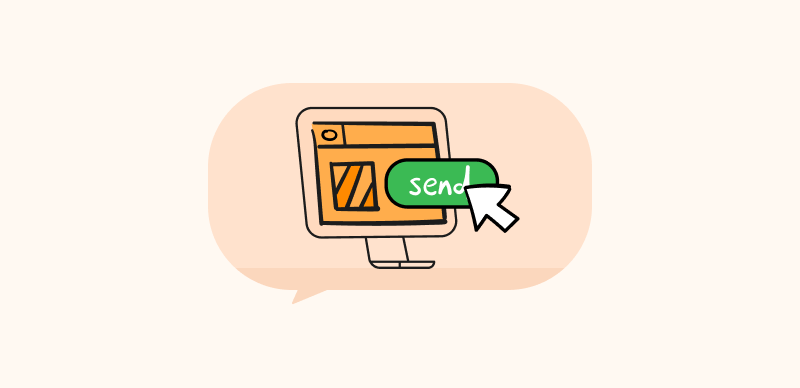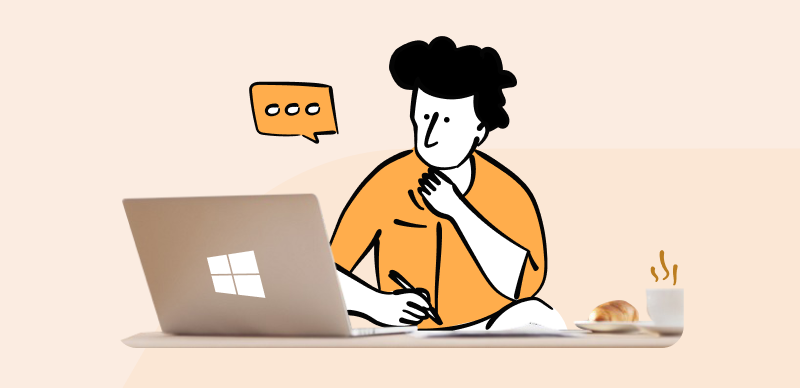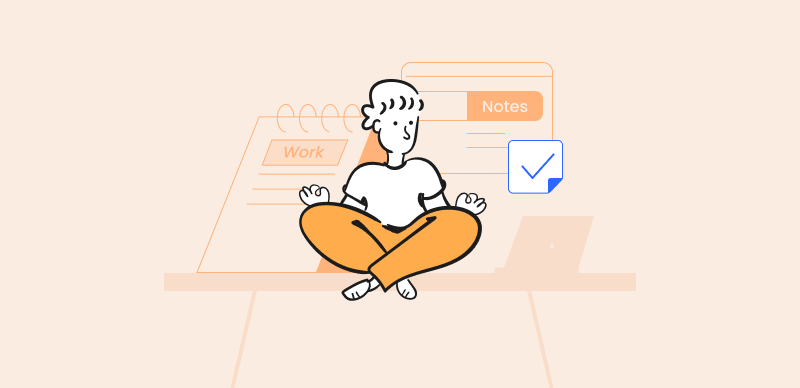15 UX Designer Interview Questions
As a UX designer, you need to deeply understand the user’s needs, behaviors, and preferences. Companies will often ask various questions to assess your skills and experience in designing effective user interfaces, conducting user research, and collaborating with cross-functional teams.
In this highly competitive field, it is essential to prepare thoroughly and be able to showcase your abilities through well-crafted responses to these questions. This article will explore some of the most common UX Designer interview questions in 2023.
Further Reading: Will UX Design Be Replaced by AI?
15 Essential UX Designer Interview Questions and How to Answer Them
Interviews can be intimidating, but if you have the right knowledge and mindset, you are sure to ace your UX designer interviews. Here are some common designer interview questions.
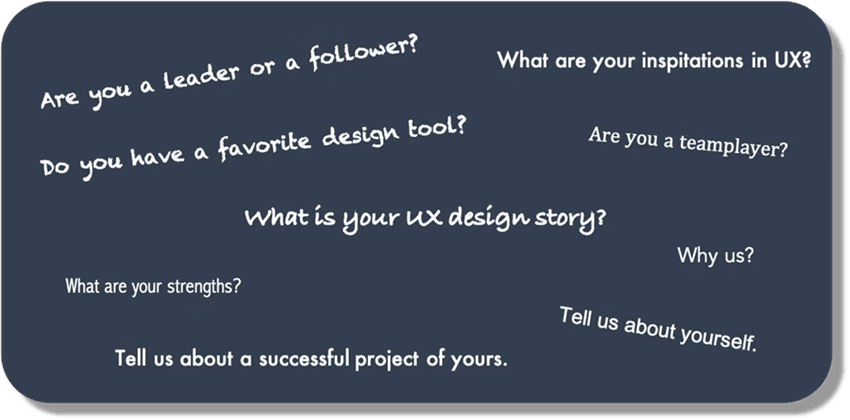
UX Designer Interview Questions and Answers
1. What Made You Interested in Pursuing a UX Design Career, and How Did You Get Started?
I have always been interested in the intersection of creativity and problem-solving. This led me to discover UX Design as a career path that combines both these aspects.
I started by researching online and reading industry blogs to better understand what the profession entails. I then enrolled in a UX Design Bootcamp, where I learned design fundamentals and user research.
I gained valuable experience and built a strong portfolio through hands-on projects and mentorship. This allowed me to secure a junior UX Design position at a reputable agency, where I continue to learn and grow.
2. Can you walk me through your design process and methodology?
My design process starts with understanding the client’s goals and user needs. I begin with research, which involves defining the problem, analyzing the target audience, and gathering user feedback.
Based on my findings, I create user personas and user journey maps. I then move to the ideation phase, brainstorming solutions and sketching out potential designs. After evaluating and refining my ideas, I create wireframes illustrating the basic layout and structure.
Finally, I create a high-fidelity prototype incorporating visual design and interactions. Throughout the process, I seek feedback and iterate until I have a final design that meets the client’s goals and satisfies the user’s needs.
3. How do you approach user research and incorporate feedback into your design?
In terms of user research, I first identify the research goals. I do this by using various research methods like surveys, interviews, usability tests, etc. Then, I analyze it to identify patterns and insights and create a research plan that aligns with the project’s objectives.
However, in terms of incorporating feedback into my design, I first categorize feedback into themes. Then, I prioritize the ones that align with the project’s goals. Doing this enabled me to iterate on my design and validates the changes through user testing.
Overall, I ensure to involve stakeholders and cross-functional teams in the research and feedback process to align the design with the project’s objectives.
4. What are the most critical elements of design that you consider when working on a new project?
I consider a number of important design factors when working on a new project. From usability to functionality, visual appeal, and brand identification.
While usability is crucial since the target audience should find the design simple and straightforward to use, good functionality will enable the design to accomplish its intended goal flawlessly and a good visual appeal will positively affect how users perceive and interact with a product.
Also, brand identity is important for directing the visual design and making sure the product is consistent with the client’s brand. And I take accessibility and scalability into account to ensure the design is inclusive and flexible enough to meet changing needs.
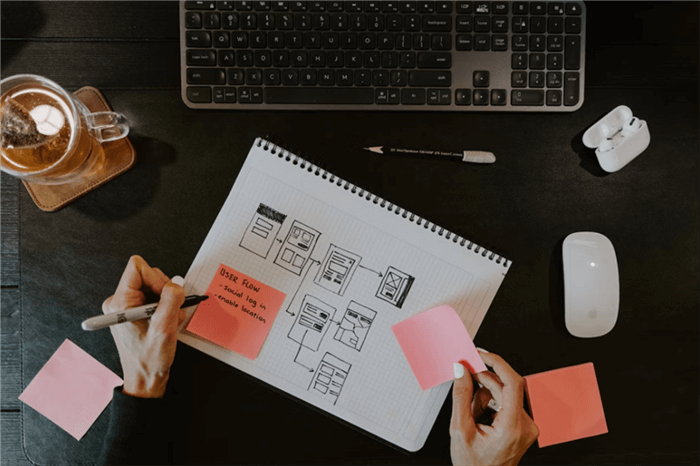
Critical Elements of Design
5. Can you tell me about a project where you had to make design decisions that didn’t align with your personal preferences? How did you handle it?
My preferences clashed with the client’s vision for the design of a previous project. Although I saw the value in my approach, I recognized the importance of prioritizing the client’s goals over my personal preferences. So, communicate openly with the client, presenting different design options and discussing the pros and cons of each. This made me realize that making design decisions solely on personal preferences can be limiting, as most successful designs prioritize the user’s needs and align with the client’s objectives.
6. What design tools and software are you familiar with, and which do you prefer?
I am proficient with various design tools and software, including Figma, Sketch, Adobe Creative Suite, and InVision. However, Figma and Sketch are my go-to tools, especially for wireframing and prototyping.
I prefer Figma for its collaborative features, while Sketch allows me to work offline and provides a wide range of design plugins.
Adobe Creative Suite is essential for creating high-fidelity visual designs, while InVision is ideal for testing and presenting interactive prototypes. I am adaptable and use the appropriate tool based on the project’s requirements and team preferences.
7. How are you updated on the latest design trends and tools?
To stay updated on the latest design trends and tools, I prioritize continuously learning and exploring new resources. I read design blogs and industry publications, follow design thought leaders on social media, attend design conferences and webinars and participate in online design communities.
I also experiment with new design tools and techniques and seek feedback from colleagues and mentors. Keeping myself updated on the latest design trends and tools can bring fresh ideas and perspectives to my work and provide valuable insights to the team.
8. Can you share an example of a successful design project you’ve worked on, and what specific role did you play?
One of my most successful design projects was when I worked on redesigning a mobile app for a B2B client. I was part of a team of designers and developers, and my role was to design the user interface and interactions.
We started with user research to identify the existing app’s pain points and understand users’ needs. We iteratively designed and tested multiple prototypes based on our findings, incorporating feedback from the client and users.
The final product was a modern and user-friendly mobile app that received positive feedback from both the client and end-users. This project taught me the importance of collaboration, iteration, and user-centered design.
9. How do you handle working under tight deadlines and pressure?
When working under tight deadlines and pressure, I prioritize my tasks and work on the most critical and time-sensitive items. I also communicate clearly with my team and stakeholders to ensure everyone is on the same page and understands the project’s priorities.
Additionally, I remain organized and focused, often using tools like to-do lists and project management software to track progress and ensure nothing falls through the cracks. Finally, I stay calm under pressure and maintain a positive attitude, reminding myself I have the skills and experience to deliver high-quality work under challenging circumstances.
10. How do you handle conflicting feedback or viewpoints on the design you created?
When handling conflicting feedback or viewpoints on a design, I start by listening to understand each person’s perspective. I then consider the feedback against the project’s goals and user needs.
If the feedback is relevant, I incorporate it into the design and seek further feedback. If the feedback is irrelevant or conflicts with the project goals, I explain my design decisions and offer alternatives addressing their concerns.
I keep an open mind, encourage collaboration, and strive to find common ground everyone can support. Ultimately, I prioritize the user’s needs and project outcomes over individual preferences.
11. Can you provide an example of a design project where you faced a unique challenge, and how did you tackle it?
As a designer, I once faced a unique challenge when I was tasked with redesigning a website for a client with a tight budget and a strict deadline. I had to develop an efficient and cost-effective approach to tackle this challenge.
I customized a pre-designed template to meet the client’s requirements. Additionally, I collaborated closely with the development team to ensure smooth implementation. The result was a visually appealing and functional website, delivered on time and within the client’s budget.
This experience taught me the importance of creativity, collaboration, and effective project management in overcoming design challenges.
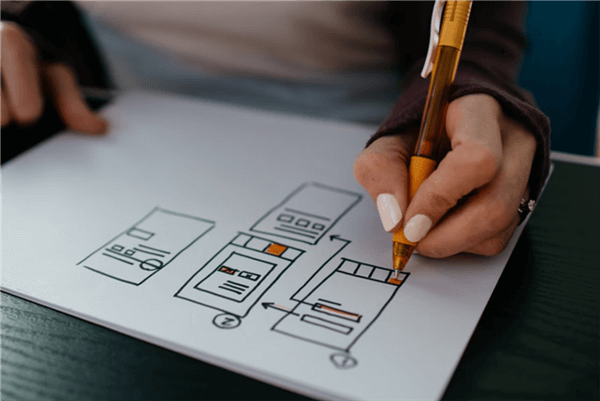
Example of a Design Project
12. How do you assess the success of your designs, and what metrics do you use?
As a designer, I assess the success of my designs by measuring stakeholder satisfaction and the time taken to design. I also use metrics, such as the Net Promoter Score (NPS) and customer service calls to evaluate the effect of my design.
Additionally, granular metrics that relate to the quality of the user experience, like engagement rates and task completion rates, provide deeper insight. Defining business KPIs and breaking them down into measurable design mini-goals, like conversion rates and sales figures, also helps.
Lastly, measuring the profit margins on projects and quantifying the value of my design work through data analysis further supports assessing the success of my designs
13. How do you ensure your designs are user-friendly and visually appealing?
To ensure that my designs are both user-friendly and visually appealing, I conduct user research to understand the target audience and their needs.
I prioritize simplicity and clarity in the design by selecting appropriate fonts, colors, and imagery. I use a consistent layout and navigation system to create familiarity and consistency throughout the design.
Additionally, I perform user testing and gather feedback throughout the design process to refine and ensure it meets the user’s needs. I aim to create intuitive, enjoyable designs that add value to the user’s experience.
14. How do you collaborate with cross-functional team members such as project managers, product managers, and developers?
I prioritize communication and transparency when collaborating with cross-functional team members, such as project managers, product managers, and developers. I understand their roles and responsibilities and seek to establish a strong working relationship through ongoing communication.
I clarify expectations, discuss project timelines, and inform the team of progress and changes. I also actively seek feedback and offer support where I can. I value collaboration and strive to create a positive team dynamic that encourages innovation and creativity.
We can deliver successful projects that meet stakeholder, and user needs through effective collaboration.
15. Can you describe a UX project where you had to solve a complex problem and outline your steps to solve it?
In a recent UX project for a B2C client, we had to solve a complex problem related to checkout process optimization. We started with research, analyzing customer data, and conducting user surveys and interviews to identify pain points.
We identified several opportunities to streamline the checkout process based on our findings. We then collaborated with the development team to create solutions to integrate into the checkout process. We conducted multiple rounds of user testing to ensure the solution met user needs and aligned with the client’s goals.
The final design solution resulted in a streamlined checkout process, significantly increasing conversion rates and customer satisfaction. This experience taught me the value of collaboration, user research, iterative design, and testing when solving complex design challenges.
FAQs on UX Designer
Q1. What do you consider the most importantcomponents of a design process?
The most important components of my design process include user research, iterative prototyping, user testing and feedback, and analysis to measure outcomes.
Q2. I leverage user testing to gather feedback on a prototype and ensure it meets users’ needs before launching a product.
This helps identify areas where the UX may need improvement, such as adjusting the navigation flow or altering visual elements.
Final Thoughts
Interviews can be intimidating, but if you’re equipped with the right knowledge and mindset, you’ll be sure to ace your UX designer interview. Putting in the effort to understand your user perspectives, research the company and its products, and be prepared to answer both technical and non-technical questions will help you to make a lasting impression.
Also, don’t forget to ask great questions of your own. It will help you to come up with the information you need to make an informed decision about the job and the company. No matter the outcome, the practice and experience of the UX designer interview process is invaluable and will help you in the future.

